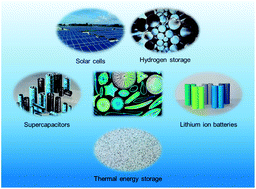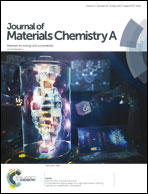Diatom silica, an emerging biomaterial for energy conversion and storage
Abstract
Diatom silica, a 3-dimensional (3D) natural biomaterial generated from single cell algae with unique nano- and micro-morphologies and patterns is shown to have several exceptional structural, mechanical, optical, photonics, transport, and chemical properties optimized through millions of years of evolution. Diatom nanotechnology, a new research field, emerged recently to explore and apply this material and its properties across numerous fields including biology, biophotonics, nanofluidics, molecular separation, sensors, biosensors, adsorption, drug delivery, nanofabrications, and energy. Due to its unique 3D porous hierarchical architecture, high surface area and ability to be combined or converted to other conductive and semiconductive nanomaterials, diatom silica received significant research attraction as a low cost natural electrode material for energy storage and production. Herein, we present the recent development in this field, showing new concepts using diatom-based composites for energy applications in supercapacitors, batteries, solar cells and other energy based devices.

- This article is part of the themed collection: Recent Review Articles


 Please wait while we load your content...
Please wait while we load your content...